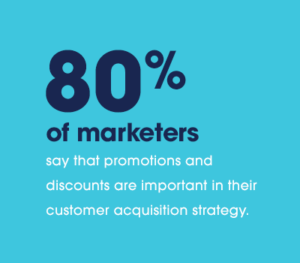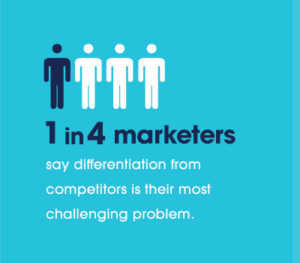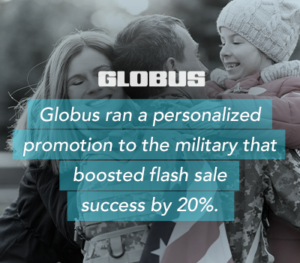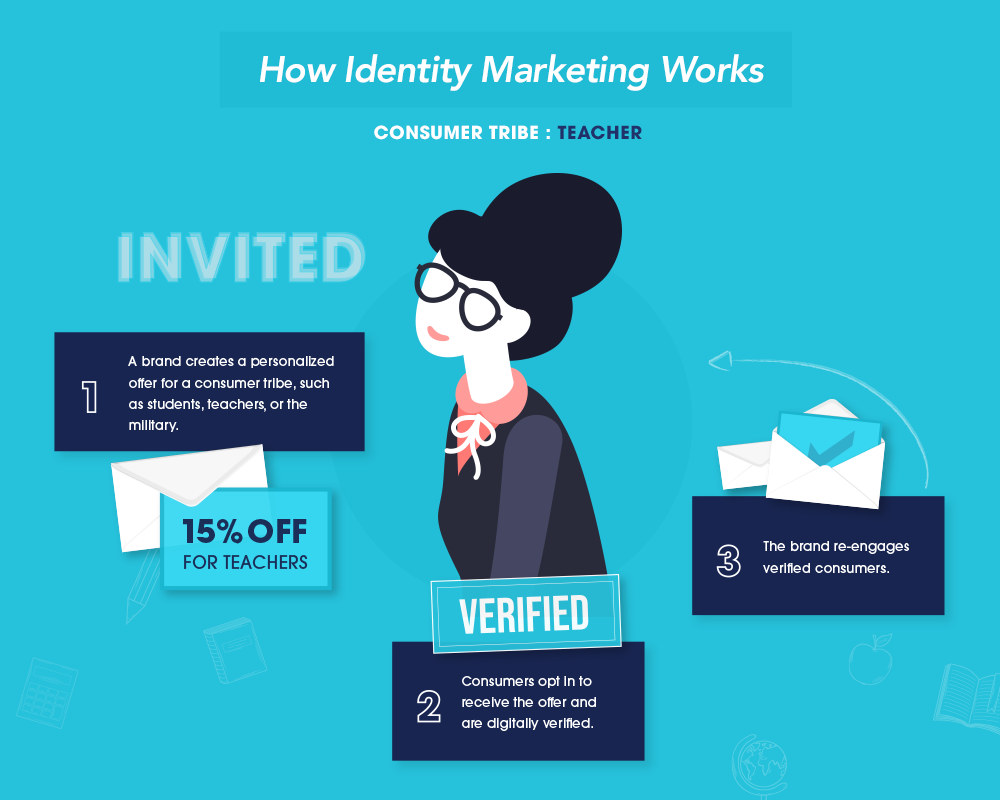What Is Promotional Pricing?
Promotional pricing is a sales strategy in which brands temporarily reduce the price of a product or service to attract prospects and customers. By lowering the price for a short time, a brand artificially increases the value of a product or service by creating a sense of scarcity. Promotional pricing can help with customer acquisition by encouraging cost-conscious shoppers to buy. It can increase revenue, build customer loyalty, and improve short-term cash flow.
A promotional pricing strategy works best in the short-term. Used excessively, it costs brands money by eroding profit margins. Customers become accustomed to lower pricing—so-called “price orientation”—or they may stock up during the promotional period. It also adds to the noise in an already-crowded marketplace where promotions and discounts are commonly used.
This article discusses:
- How promotional pricing is used and who uses it.
- Promotional pricing examples and types.
- How to calculate promotional pricing.
- How to target promotional pricing for specific segments with a new form of personalized promotions called identity marketing that helps brands stand out in a competitive marketplace, lower customer acquisition costs, and protect margins.

How Is Promotional Pricing Used—And by Whom?
Promotional pricing is a popular strategy for consumer brands, including retailers, airlines, gyms, restaurants, and service providers. B2B companies also use their own variety of promotional pricing. Brands use promotional pricing to:
- Create buzz when launching a new product or service.
- Reward loyal customers.
- Increase customer traffic.
- Encourage repeat business.
- Move excess inventory.
Promotional pricing is a popular sales strategy. In fact, 80% of marketers say that promotions and discounts are important in their customer acquisition strategy.
Yet the popularity of promotional pricing actually devalues a brand when it’s overused. Most marketers use mass discounting tactics—they offer the same promotions to everyone, creating even more noise in a crowded, competitive marketplace. Instagram has 2 million active advertisers, and digital marketing experts estimate that most Americans are exposed to 4,000 to 10,000 advertisements a day.
A survey found that when it comes to customer acquisition, nearly 1 in 4 marketers—the most respondents among six categories—say differentiation from competitors is their most challenging problem. The urgent need to stand out is driving more frequent promotions across industries, but in a marketplace overrun with competing ads, they’re inadvertently adding to the noise.

Promotional Pricing Types & Examples
A promotional pricing definition or promotional discount definition covers a wide range of promo pricing tactics, including:
-
- Buy One Get One Free (BOGOF). To celebrate Youth Soccer Month, Chipotle customers who wore a youth soccer jersey could “score” a buy-one/get-one-free entree or kid’s meal during Labor Day weekend.
-
- Coupons. A coupon is a voucher entitling the holder to a discount for a particular product. TackleDirect, a brand that sells fishing gear, offers coupons to people who abandoned a shopping cart. Researchers found that the average cart abandonment rate is nearly 70%.
-
- Flash Sales. For a very short time—sometimes just hours—brands will slash their prices to unload excess inventory, acquire customers, or lift profits. Travel brand Globus boosted flash sale success by 20% by offering personalized promotions to the military. The company’s personalized promotion strategy reduced coupon abuse by 35% and took 75% less effort and resources to implement.
-
- Loyalty Programs. A loyalty program is a rewards program a company offers to its customers who frequently make purchases. Since it costs five to 25 times more to acquire a new customer than it does to retain an existing one, loyalty programs are a popular type of pricing promotion. The Virgin Atlantic Flying Club allows members to earn points that move them up to different tiers. The higher the tier, the greater the benefits.
-
- Seasonal Tie-Ins. Certain times of the year, such as Black Friday, Cyber Monday, or Veterans Day are a good fit for promotional pricing. U.S. News & World Report offers a shopper’s guide on the best months to find the best deals.
(Hint: Memorial Day is prime time for appliance shopping.)
- Seasonal Tie-Ins. Certain times of the year, such as Black Friday, Cyber Monday, or Veterans Day are a good fit for promotional pricing. U.S. News & World Report offers a shopper’s guide on the best months to find the best deals.

-
- Segment-Specific Promotions. An effective promotional pricing example targets certain buyer segments, such as students, teachers, seniors, or the military. CheapCaribbean, a travel company that provides low-cost luxury vacation packages in the Caribbean, Mexico, and Central America, offers gated, personalized promotions to nurses. When the brand launched its first nurses program, it brought 8,000 new nurses into its travel club and reduced fraud by 36%.
How to Calculate the Best Promotional Pricing for Your Business
To avoid devaluing their brand, marketers should assess the feasibility of a discount and the length of the offer before setting a promotional price. A New York Times article lists three factors for determining if Groupon—possibly the most extreme form of promotional pricing—is a good strategy for brands:
- The Type of Business. Is there the capacity to support a huge spike in business? Does discounting align with your brand position? If you are a premium brand like Apple, you only discount select products at certain times of the year, such as laptops for during the back-to-school season. If you are a value brand like Kohl’s, a discount strategy might be one of your brand’s core attributes.
- Branding. Would offering a large discount damage the brand?
- The Math. How do the numbers add up? Eight critical calculations include:
- The incremental cost of sales (the actual cost percentage for a new customer)
- The amount of the average sale
- Redemption percentage
- Percentage of coupon users who are existing customers
- Number of coupons each customer buys
- Percentage of coupon customers who become regular customers
- The advertising value of promoting the business to a large number of people
- The normal customer acquisition cost through advertising
Another key calculation is the repeat purchase rate of a newly acquired customer. Frequent discounts condition a brand’s consumers to wait for a reduced price they know will eventually come. A promotional pricing strategy is successful only when it helps a brand acquire high-value, repeat customers who aren’t conditioned to expect discounts. The best promotions are selective, targeted, and strategic.

Identity Marketing and Promotional Pricing
Identity marketing, a new form of personalized promotions, avoids the pitfalls of traditional promotional pricing. It doesn’t rely on attracting bargain hunters, which can reduce margins and devalue a brand. Identity marketing takes a more targeted approach to reaching its audience. Brands use identity-driven promotional offers to specifically engage high-value customers by appealing to their deep sense of belonging to a consumer tribe.
Here’s how identity marketing works:
- A company creates a gated, personalized promotion for a consumer tribe that aligns with its brand and invites prospects to take advantage of it through the company’s normal channels.
- Consumers opt in to redeem the offer and are digitally verified to ensure the consumer is eligible and prevent discount abuse.
- Brands use this zero-party data to nurture ongoing customer loyalty.

Identity marketing takes the focus off price. By tapping into the deep-seated attributes that members of a consumer tribe share—such as their life stage (students, seniors), occupation (teachers), or affiliation (the military community, first responders)—brands build goodwill. This results in higher repeat purchase rates from ideal customer groups. Identity marketing also protects a brand’s profit margins because it is a form of personalized marketing in which brands create an offer to a specific consumer tribe, rather than making an offer available to every customer.
Identity marketing leverages the power of tribal marketing by harnessing the deep connections of the group’s members, who virally share the offer with their network. Research shows that 71% of teachers who receive a personalized offer would share it with their colleagues. And 96% of the military would share a personalized offer with others in the military community.
Identity-Based Promotions and Student Seed Marketing
College students present a huge opportunity, particularly for software companies. With 235 million college students globally and 44 million in the US alone, college students have more than $593 billion in buying power. They are obsessed with technology and are always searching for good deals. Nearly two-thirds of college students cite financial concerns as particularly stressful.
Businesses like Pandora, Tableau, and Alteryx use identity-driven promotional offers for their student seed marketing programs, knowing these will bring long-term value to their brands. In fact, streaming media companies using identity-driven promotional offers report that graduating students with discounted subscriptions convert to full price at rates as high as 98%.

Identity Marketing Success Stories
Leading brands in retail, streaming, software, hospitality, and finance use identity marketing to acquire high-value customers who are long-term, repeat purchasers:
Targus Used Identity-Driven Offers to Increase Orders by 389%
Targus helps professionals protect their devices with high-quality laptop and tablet cases as well as other technology accessories. The company wanted to generate greater brand awareness and loyalty while rewarding key consumer tribes and corporate clients. It launched a series of identity-driven promotions to students, teachers, the military, and employees at a number of Fortune 500 companies.
After ramping up its promotions to get the word out, Targus saw a 389% increase in the number of orders and a 413% increase in revenue for personalized offers verified by SheerID.
CompTIA Generated a 20:1 ROI and Reduced Discount Abuse by 20%
The Computing Technology Industry Association (CompTIA) wanted to encourage student success in the field of technology. To do so, the association offered students a 40% discount on its certification courses and other products. The campaign generated a 20:1 ROI while reducing discount abuse by 20%.
Headspace Acquired 25,000 New Subscribers
Headspace, the popular subscription-based meditation app, is on a mission to improve the health and happiness of the world. The company wanted to honor educators with a personalized promotion that gives them free access to the app and classroom support while preventing fraud. Headspace acquired 25,000 new educator subscribers in three new markets, reduced fraud by 41%, and boosted engagement.

A Final Word on Promotional Pricing
Customers love a great deal, and promotional pricing appeals to their strong desire to get the most for their money. Successful brands such as Headspace, Targus, Purple, and CompTIA use identity-based promotions to acquire and retain high-value customers and protect their profit margins. And because these promotions reward deep-seated aspects of a customer’s identity, they encourage long-term brand loyalty.

